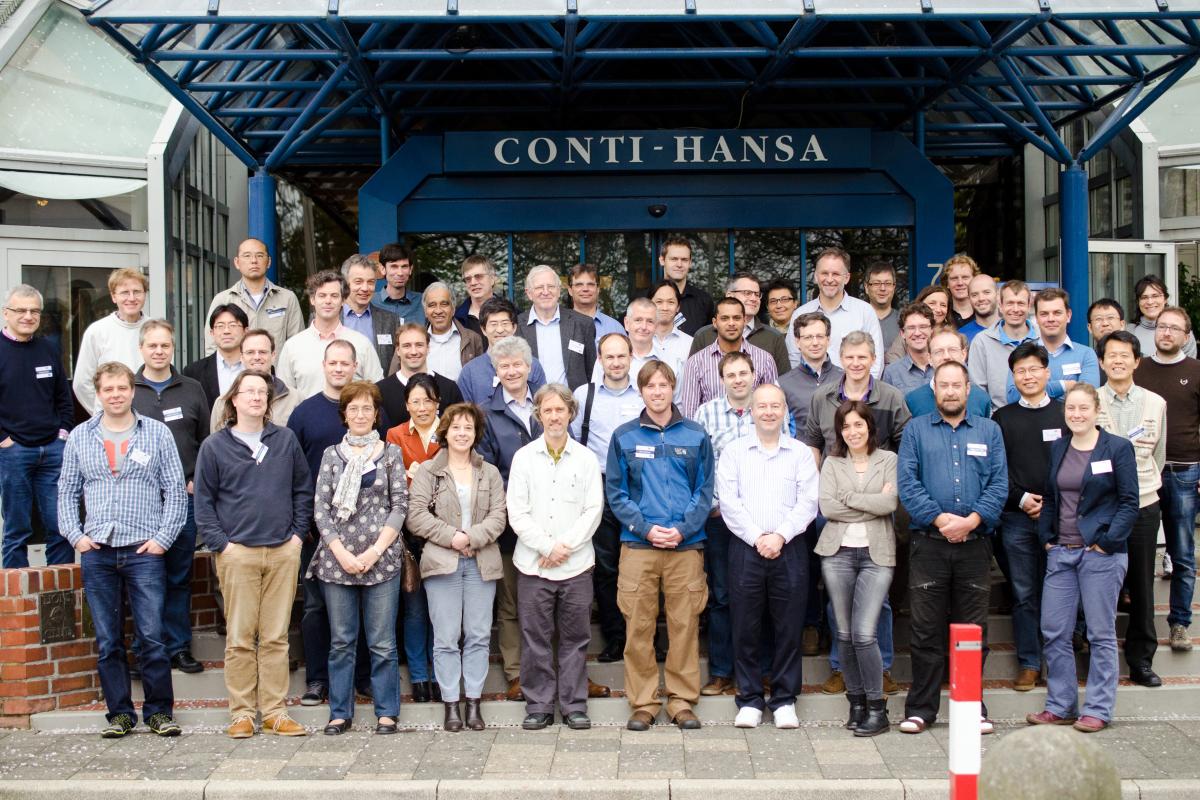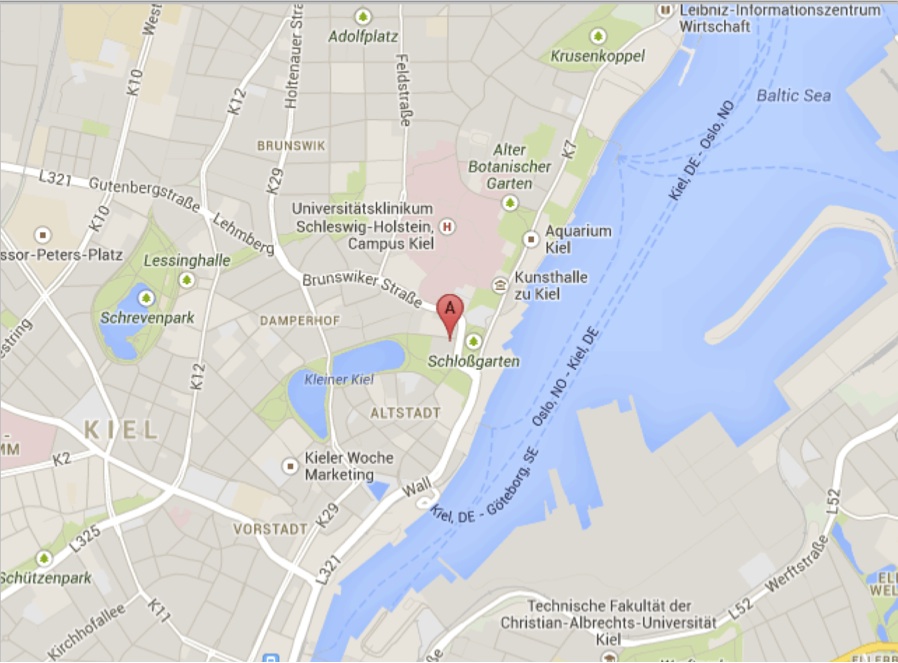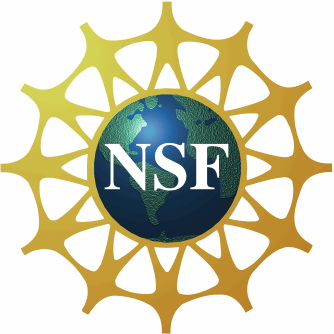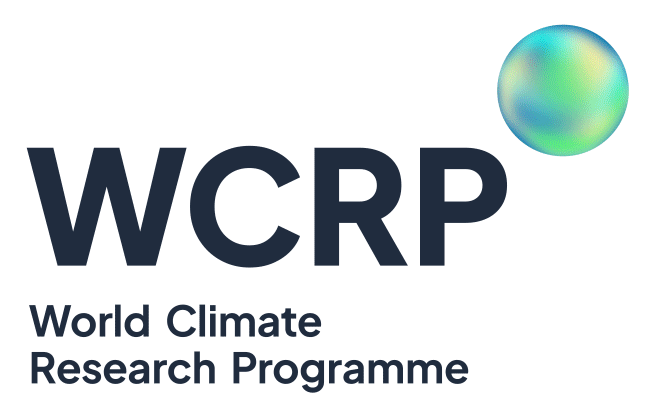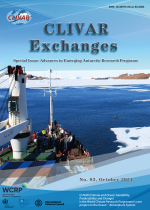Steigenberger Conti Hansa Hotel, Kiel, Germany
Monday, 7 April, 2014 - Wednesday, 9 April, 2014
Motivation
The workshop will bring together international scientists, including early-career researchers, who are at the forefront of high-resolution ocean modeling for climate. With the recent increases in computational power, more and more modeling groups are conducting high-resolution ocean-ice and / or fully coupled earth system simulations. Most of these activities appear to be quite independent despite the fact that groups are encountering very similar challenges and trying to come up with similar solutions. Moreover, there is a need to understand new sensitivities and processes emerging in high-resolution ocean simulations. Thus, an important goal of our workshop is to foster collaboration between these groups to expedite progress.
High-resolution ocean modeling is needed for many scientific and societal applications, including regional climate information regarding sea level and extremes. These are among the WCRP Grand Challenges (GCs) and CLIVAR Research Opportunities (ResOps). Thus, the workshop will make important contributions to the goals of several WCRP GCs, particularly the ones on Regional Climate Information; Sea-Level Rise and Regional Impacts; and Science Underpinning the Prediction and Attribution of Extreme Events. Specifically, these GCs seek regional information on small spatial scales, requiring improved understanding of physical processes on these scales. Similarly, the workshop contributes to the goals of the CLIVAR Research Opportunities on Intra-seasonal, Seasonal and Inter-annual Variability and Predictability of Monsoon Systems; Decadal Variability and Predictability of Ocean and Climate Variability; Trends, Nonlinearities and Extreme Events; Marine Biophysical Interactions and Dynamics of Upwelling Systems; and Dynamics of Regional Sea Level Variability. These CLIVAR Research Opportunities complement WCRP Grand Challenges. We believe that high resolution ocean climate modeling will contribute to improving representation of some key physical processes, e.g., air-sea interaction and feedbacks, oceanic mesoscale, upwelling, and boundary currents, that are at the heart of these ResOps.
The workshop will allow the major climate modeling groups that are at the forefront of high-resolution ocean modeling to meet and take stock of the most recent advances. Mesoscale eddies are certainly the most spectacular and most energetic dynamics that emerge in ocean models at 1/4° resolution or higher, but the workshop will not be restricted to mesoscale eddies: we will discuss all climate-relevant processes that are deeply impacted by ocean model resolution. These include representation of western boundary currents and major fronts, air-sea coupling in upwelling areas, exchanges with marginal seas, processes on continental shelves, and emerging modes of air-sea interactions. The workshop will be organized in four types of sessions (see section 10 for further details): i) theoretical and process-oriented sessions to foster discussions on the dynamics behind the emerging behaviors of coupled climate models when a high-resolution ocean component is used; ii) an exchange session ("ongoing work") to allow the groups to present their more recent advances to each other and promote closer collaboration; iii) a technical session to share expertise about the challenges brought about by high-resolution ocean modeling – addressing, among others, numerical methods, massively parallel computing, storage strategies, and post-processing; and iv) a session on opportunities that high-resolution ocean models offer for the regional downscaling of global climate.





